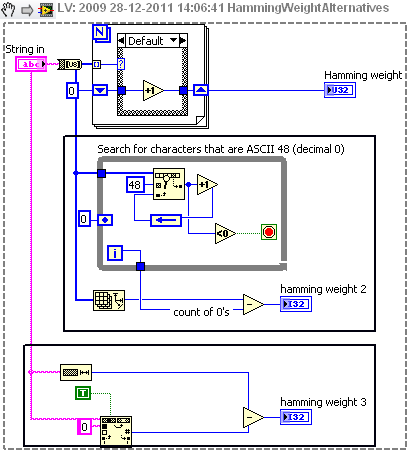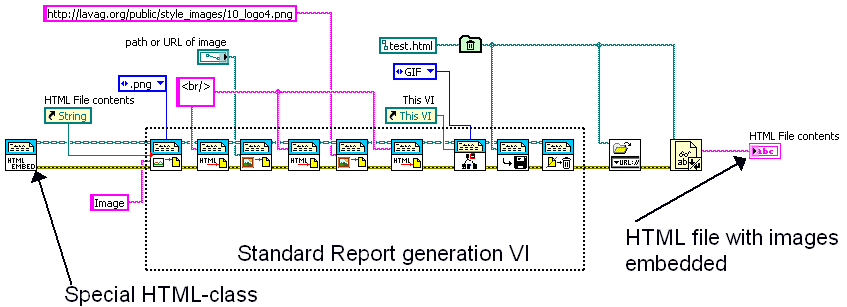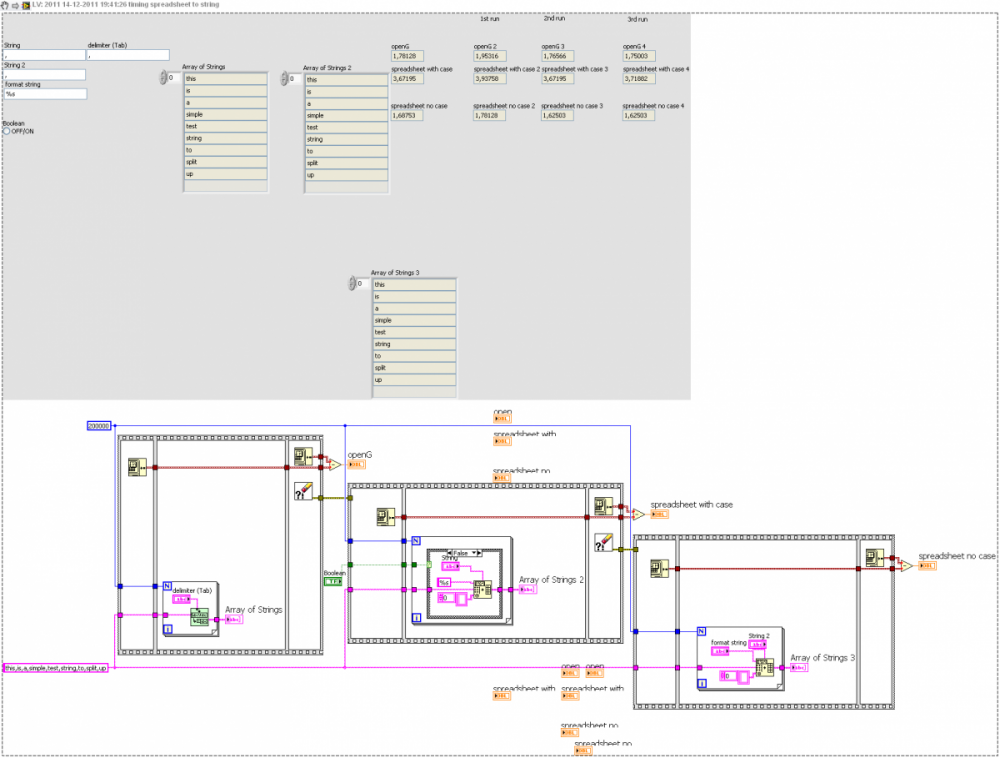-
Posts
1,991 -
Joined
-
Last visited
-
Days Won
38
Content Type
Profiles
Forums
Downloads
Gallery
Everything posted by Ton Plomp
-
Tech luminaries we lost in 2011 http://t.co/qV2D6SxW (and you thought Steve Jobs was a loss? it's been a bad year for IT-history)
-
nice, but the server is dead. RT @programmingview: Programming Languages - A Map - iProgrammer http://t.co/k0FmOOsy
-
The Code Capture Tool is official LabVIEW compatible! Thanks @lavag and @niglobal http://t.co/zLIPaci0
-
RT @lavag: NI #labview Report Generation toolkit extension: embed images into HTML reports - download & discuss: http://t.co/LzopBz6u






